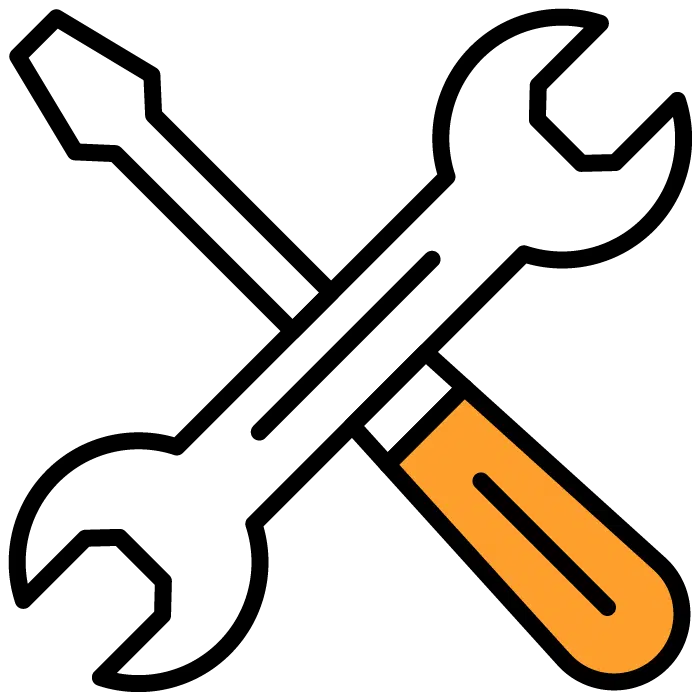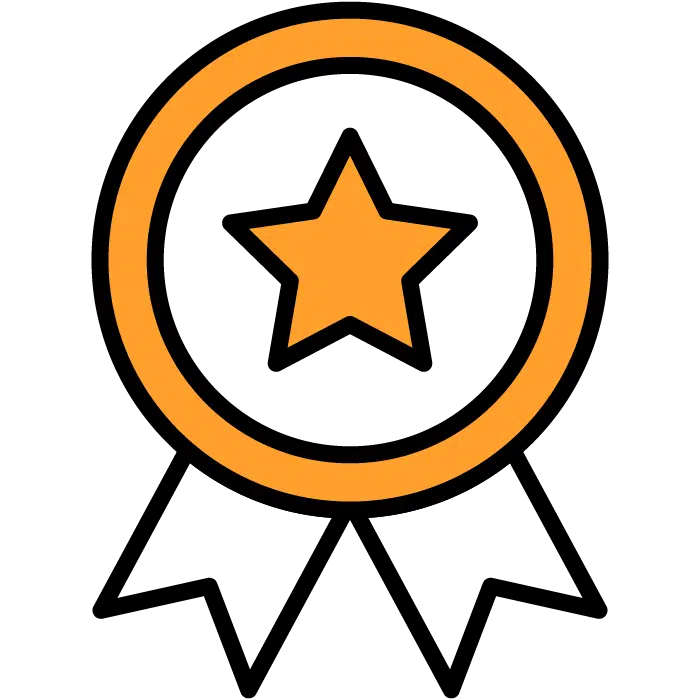As a CEO, your company’s momentum and market expansion are closely linked to how well you hire and build your sales team. A structured sales recruitment strategy can be the difference between slow growth and predictable performance. Yet, maintaining consistently high hiring standards can be challenging, especially as your business scales.
Traditional, informal hiring tactics that once worked for a handful of hires quickly become bottlenecks, resulting in high turnover, difficulty attracting high-performing sales professionals, and overstretched internal teams. To achieve repeatable success, you need an intentional, structured sales hiring process tailored for growth.
Recognizing When Your Sales Hiring Process Needs Attention
Many growing companies rely on reactive sales recruitment, only searching for candidates when there’s an immediate vacancy. However, this approach rapidly reveals its flaws as hiring volume increases. According to research by the Society for Human Resource Management (SHRM), nearly 70% of businesses face challenges in scaling their hiring procedures. Each unsuccessful sales hire can cost up to 30% of their annual salary once you account for lost productivity and recruitment expenses.
Common Sales Hiring Challenges
- High Turnover: Frequent churn disrupts customer relationships and stalls new business efforts.
- Talent Quality: Difficulty finding and retaining top-performing salespeople.
- Hiring Complexity: The process becomes unnecessarily complicated and hard to manage.
- Reactive Approach: Hiring decisions made under pressure instead of with forward-thinking, proactive planning.
Is your company experiencing these pain points? If so, it’s time to strengthen your foundation.
Clearly Define Your Ideal Sales Candidate
Talent acquisition improves dramatically when you specify exactly who and what you need. An ideal sales candidate profile serves as a critical filter to improve hiring quality and minimize turnover.
Key Criteria to Consider
- Experience: Outline years of relevant sales and industry expertise.
- Sales Skills: Specify must-haves (e.g., prospecting, managing CRM systems, handling full sales cycles, consultative selling).
- Cultural Fit: Emphasize alignment with your company’s core values, vision, and operational style. For deeper insights on cultural fit, visit Cultural Fit: The Key to Hiring and Business Success.
- Soft Skills: Prioritize qualities like communication, resilience, adaptability, and independence.
A well-constructed ideal candidate profile will give your hiring team confidence and improve every stage of the process.
Use Candidate Scorecards for Objective Hiring Decisions

Bias and inconsistency can quietly undermine your sales hiring process. By moving to structured evaluations with a candidate scorecard, you standardize decision-making. Scorecards allow hiring teams to score candidates based on weighted criteria reflecting the ideal profile.
This method aligns with findings in recruitment research, where structured selection tools and predefined evaluation frameworks were identified as key components in effective sales hiring strategies. One study on selection methods for sales team recruitment highlights the growing importance of objective tools like assessments and scorecards to ensure fairness and reduce turnover.
Here’s a sample structure:
| Criteria | Rating (1-5) | Weight (%) | Score |
|---|---|---|---|
| Sales Experience | 4 | 25 | 1.0 |
| Consultative Skills | 5 | 20 | 1.0 |
| CRM Proficiency | 3 | 15 | 0.45 |
| Cultural Alignment | 5 | 25 | 1.25 |
| Adaptability | 4 | 15 | 0.60 |
| Total | 100 | 4.3 |
Multiply the rating by the weight (converted to decimal) for a transparent, comparable total score for each candidate.
Tip: Candidate Scorecards help you further standardize and accelerate your evaluation process.
Structure a Competitive Compensation Package
Relying solely on commission-based models may hurt your efforts to attract experienced, high-potential salespeople. Competitive employers increasingly pair a guaranteed base salary with uncapped commissions. A competitive offer is also a key differentiator in today’s sales recruitment landscape, where experienced candidates often compare multiple offers at once.
Recommended Compensation Elements
- Guaranteed Base Salary + Uncapped Commissions: This model draws in serious professionals and offers stability to new hires.
- Clear Earnings Expectations: During the recruitment process, communicate realistic on-target earnings (OTE) so there are no surprises later.
Setting Realistic Ramp-Up Timelines
The amount of time needed for a sales professional to reach full productivity is directly related to the length and complexity of the sales cycle:
- Short Sales Cycles: Expect 3–6 months to achieve full productivity.
- Longer, Complex Sales Cycles: Plan for 6–9 months for consistent quota attainment.
Typical first-year earnings for new sales hires should realistically range from $85,000 to $100,000, but may be higher depending on your market.
Evaluate Market Opportunity and Customer Value
Setting appropriate targets requires an honest, data-driven approach to understanding your addressable market and each customer’s lifetime value (LTV).
- Market Size & Competition: Analyze your overall market, segment opportunities, and competitive pressure.
- Customer LTV: Calculate average deal sizes, contract lengths, churn rates, and renewal potential.
Well-grounded assumptions reduce undue pressure on new hires and ensure sales goals are realistic and motivating.
Deliver Comprehensive Sales Training and Support
Lack of sufficient support is a top reason new sales hires fail to perform and churn out early. Invest in:
Structured Training Components
- Initial Intensive Training: Covering product knowledge, industry trends, sales methodology, and systems.
- Ongoing Coaching & Support: Provide mentorship, live call reviews, role-play exercises, and frequent feedback for at least the first 6 months.
For more tactical hiring tips and onboarding strategies, see Effective Hiring Processes for Fast-Growing Companies.
Document Your Sales Process
Clear, accessible documentation guides new hires to success. It should include:
- Detailed sales stages and required activities
- Example scripts and email templates
- Qualification and follow-up processes
Teams with formalized sales methodologies see higher revenue growth and a faster time-to-quota for new hires. Utilizing an Applicant Tracking System can further streamline documentation and ensure consistency.
Ensure Legal Compliance in Sales Hiring

Sales roles, especially those classified as ‘outside sales,’ are subject to nuanced state and federal employment laws. Regularly review your job classifications, compensation structures, and documentation processes to meet Fair Labor Standards Act (FLSA) requirements and state regulations. When in doubt, consult an employment law professional or refer to U.S. Department of Labor guidelines for compliance information.
Improve the Candidate Experience
Delivering a positive, transparent candidate experience has a direct link to acceptance rates and employer brand.
- Provide timely status updates.
- Be clear about next steps.
- Offer feedback whenever possible.
Companies with structured, candidate-friendly hiring processes consistently outperform those without (Streamline Your Hiring with Pre-Qualification Questions), reducing dropout rates and enhancing offer-acceptance ratios.
Conclusion: Build a Sustainable, High-Performing Sales Hiring System
Scaling your sales team doesn’t have to mean sacrificing quality for speed or increasing recruiter stress. Instead, by defining your ideal sales candidate, using objective evaluation tools, offering market-competitive compensation, investing in thorough training, and ensuring legal compliance, you’ll build a process that attracts, hires, and retains top-caliber talent.
If you’re looking to refine your sales recruitment strategy and want to see best-in-class tools in action, we invite you to schedule a free demo with our hiring experts. Discover how the right sales recruitment process and technology can set your organization on the path to sustainable growth.
Explore More Sales Recruitment Insights:




